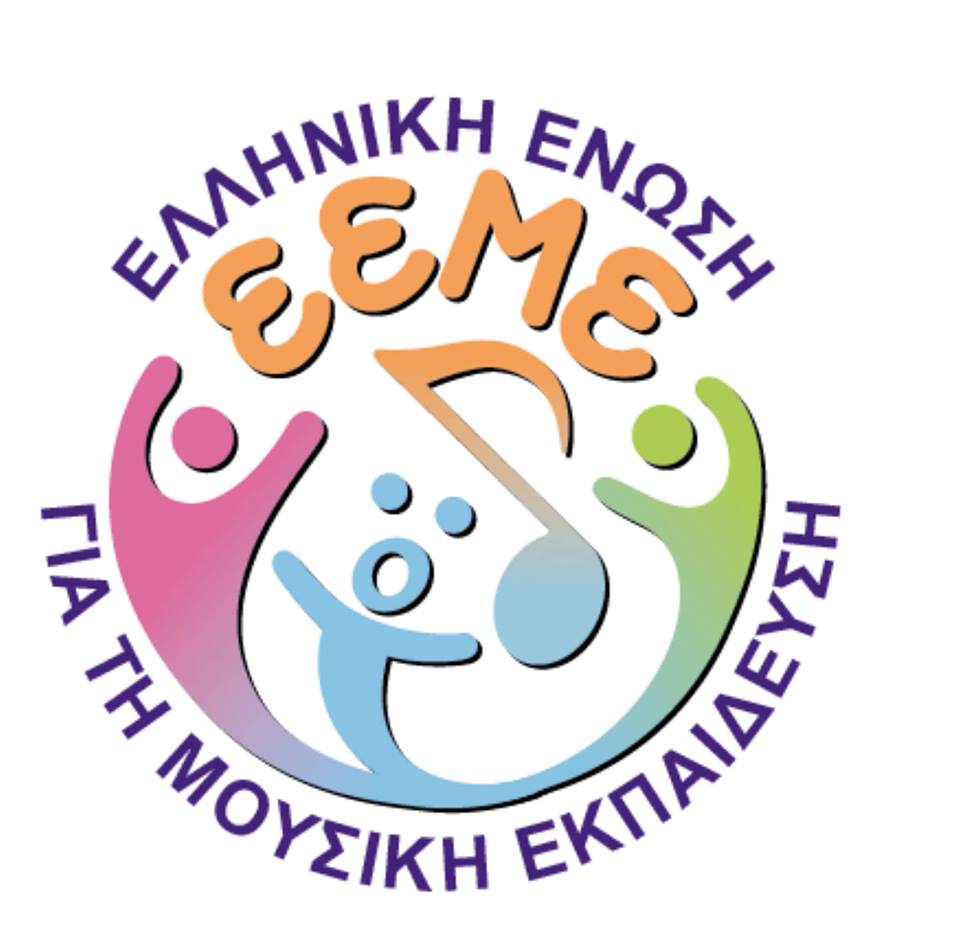Contents:
1) Despina Bogdani - Souyioul: Interweaving Kinaesthetic Approach - Connecting music with other arts and with the other courses of the general curriculum.
2) Erifili Damianou - Marini: Dissonant and Consonant Intervals.
3) Ioanna Etmektsoglou: The effects of noise on the physical and mental health of people.
4) Yiannis Kourtis: Teaching Music in Junior High School and its association with the rest of the classes of the daily schedule.
Abstracts:
1) Despina Bogdani - Souyioul
Interweaving Kinaesthetic Approach- Connecting music with other arts and with the other courses of the general curriculum
The research into the interdisciplinary approach of education has led the educational system into developing new approaches to teaching. The "Interweaving Kinaesthetic Approach" consists of a new method of interdisciplinary approach in the frame of which music is connected with other forms of art like movement, theatre, fine art etc. The target is the strengthening of the contribution of both teacher and the music educator in the emotional, intellectual and physical development of the child, resulting in developing the child into a complete and creative personality.
2) Erifili Damianou - Marini
Dissonant and Consonant Intervals
Intervals can be classified differently depending on various points of view. The most important classification, however, is that which divides them according to consonances and dissonances. There are strict rules about resolving the dissonant intervals from which tables are derived. Poor students memorize and use them without knowing why dissonances have to be resolved this way. This article refers to the role that dissonant intervals play in major and harmonic minor scales and the role of the leading note in resolving dissonances into consonances. This creates a solid background and solves the problems of short-term memorization of tables.
3) Ioanna Etmektsoglou
The effects of noise on the physical and mental health of people
Sound pollution is a serious problem in contemporary societies which are overcrowded and increasingly invaded by motors. The purpose of this article is a) to explore definitions of noise and sound pollution, placing an emphasis on the importance of the human listener as judge, and b) to review research findings concerning the effects of noise on the physical and mental health of people. In examining the effects of noise on the human being, the author first describes how noise can affect the ear, causing temporary or permanent hearing loss. She then discusses its effects on the general physical health, stressing the importance of listener variables such as expectation of the undesired sound and ability to control it. The indirect effects of noise on mental health are finally addressed, pointing to its ability to change the mood and increase existing psychological problems of the listener. The consequences of noises interference with speech, work and sleep, as well as sensitivity differences based on gender and level of education are also presented. In conclusion, the readers are urged for immediate action against the rapid and indiscriminate over saturation of our environment with noise, which constitutes an important threat for the physical and mental health of human beings.
4) Yiannis Kourtis
Teaching Music in Junior High School and its association with the rest of the classes of the daily schedule
I suggest, as a member of the seven-member Greek Society for Music Education committee for Junior High School, after extensive research and after partial materialization, the way to link between music and the rest of the classes. Depending on the subject being taught, either under the physical sciences or the theoretical sciences, we introduce music that relates to the subject being taught during the session itself, as a goal to extend the music session. For example in the subject of Ancient Greek Language (original and translated) students can listen to or sing along "stasimo" from Tragedies. Even great composers such as Beethoven were inspired by such Ancient Greek Tragedies as "Prometheus Desmotis". Another example is Gluck's "Ifigenia en Tavris". Both of these great composers wrote works of art, based on Greek Tragedies. These specific Tragedies are incorporated in the students' class material. Another example is in Mathematics, the Pythagorean "Comma", and different mathematical models like the Fibonacci sequence (High School material) have been used as a base to compose works from the 20th Century. In the same way music can be used in all subjects being taught. As conclusion music literacy relative to the material being taught, which will be easily accessible by teachers and students, must be created in every school because it consists of an additional educational tool.





 Please wait...
Please wait...